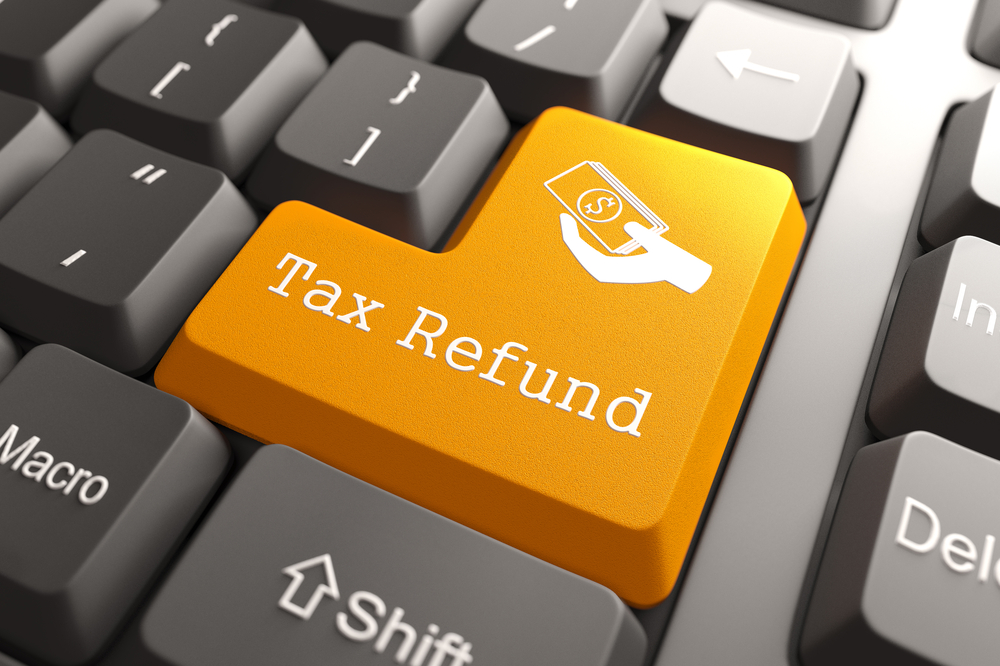Section 179 Updates for 2025
On July 4, 2025, after months of lengthy meetings and negotiations, the One Big, Beautiful Bill Act (OBBB) was signed into law by President Trump....

From accounting fees to office supplies to website design, there is a seemingly endless number of tax deductions available to small business owners. However, there is one tax deduction that some small business owners may not be familiar with, or if they are, require more information on how it works. We are talking about the Section 179 tax deduction. Huddle Business Capital created this helpful blog article to provide an overview of this widely used tax deduction.
It has all of the information about Section 179 that you need to know. Still, we recommend consulting with an accountant or tax professional before purchasing or financing equipment for your small business. The reason is that not all types of equipment are eligible for a write-off.
Congress included a first-year depreciation allowance of $2,000 in the Small Business Tax Corrections Act of 1958. It was revised several times over the years, notably in 1981, with the Economic Recovery Tax Act that increased the expensing amount to $5,000. In 1986, the Section 179 tax deduction was introduced, doubling the expensing amount to $10,000.
Since its inception in 1986, Section 179 has undergone significant changes regarding deduction limits, with the original $10,000 limit increasing to six-figure amounts. The Section 179 deduction limit in 2025, as per the One Big, Beautiful Bill Act (OBBB), is $2,500,000,1 an increase of 100% over the previous limit ($1,250,000). Moreover, the phase-out threshold is $4,000,000, up from the prior threshold of $3,130,000.2
This means that qualifying deductions will decrease dollar-for-dollar after the equipment purchase(s) surpass $4,000,000. The phase-out threshold applies to eligible property purchased or financed and placed into service after December 31, 2024.3
In a nutshell, Section 179 of the U.S. Internal Revenue Code allows small businesses to take an immediate tax deduction for specific qualified business equipment and assets, also referred to as property. This tax deduction is designed to help small businesses like yours save money and make investments in their business operations.
With Section 179, you can write off the entire cost of equipment, vehicles, machinery, software, hardware, furniture, fixtures, and other property used for business purposes in the year you buy or finance it. To qualify for the deduction, the assets must be on the IRS's list of eligible property and must have been acquired and used for business purposes by the annual deadline of December 31.
Not all types of business assets are deductible, so research before making a purchase. In addition, your deduction amount cannot exceed your business's net income in the calendar year.
As mentioned above, Section 179 enables you to deduct a sizeable amount spent on qualifying capital investment purchases. This in itself is the primary benefit of this tax code. You may find investing in much-needed business equipment and assets more affordable, knowing that you can deduct the cost from your company's taxable income.
Another benefit of Section 179 is that it lowers your current-year tax liability. Let us use a record store as an example. The owner financed $50,000 worth of new furniture, fixtures, and multiple point-of-sale (POS) systems, and the record store reported a net income of $350,000 for the year. So, the owner could deduct the entire $50,000 under Section 179.
Next, if you opt to finance equipment that qualifies for Section 179, you can get two benefits at once. First, you can write off the payments on your company's tax return, and second, you can maintain your cash flow by avoiding a large one-time purchase. As you are aware, it is always prudent to maintain a cash balance in your company's bank account for business expenses.
As mentioned in this Huddle Business Capital blog article, the equipment you purchase or finance must qualify for the Section 179 tax deduction; otherwise, you cannot write it off as a business expense. You will need to consult with an accountant or tax expert to obtain the details specific to the equipment you are interested in.
If they determine that the equipment is eligible for a deduction, they will walk you through the following steps and advise you on which tax forms you need to include in your company's tax return. For example, IRS Form 4562 is the primary form used to claim a deduction for depreciation and amortization.
We hope this information provides you with a deeper understanding of Section 179. In the meantime, use our Section 179 tax deduction calculator to see estimated tax deduction amounts based on the equipment cost.
1, 2, 3 - https://www.lewisrice.com/publications/significant-tax-changes-in-the-one-big-beautiful-bill-act-what-you-need-to-know/
Huddle Business Capital is not affiliated with nor endorses Lewis Rice LLC. This Huddle Business Capital blog article is purely educational and contains general information and opinions; it is not intended to provide advice or recommendations of any kind.

On July 4, 2025, after months of lengthy meetings and negotiations, the One Big, Beautiful Bill Act (OBBB) was signed into law by President Trump....

The Section 179 tax deduction lets small businesses deduct the cost of qualifying equipment rather than depreciating the cost over several years. It...

Tangible business assets used in business operations for more than one year are classified as Section 1231 property by the Internal Revenue Service...